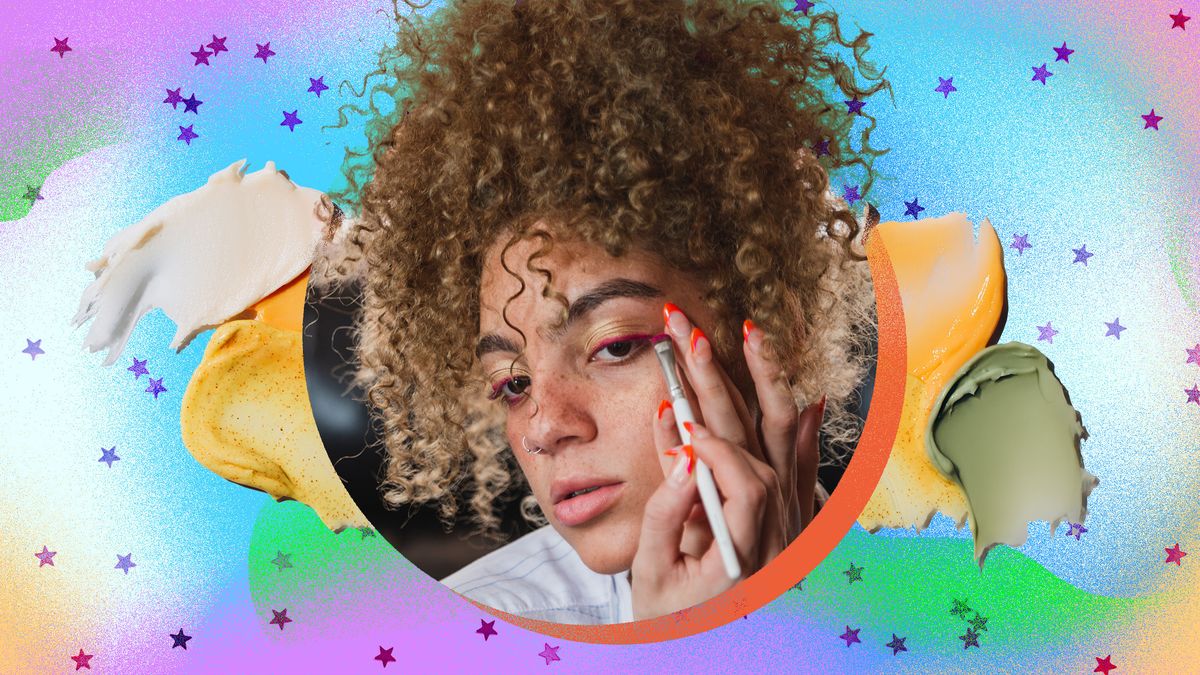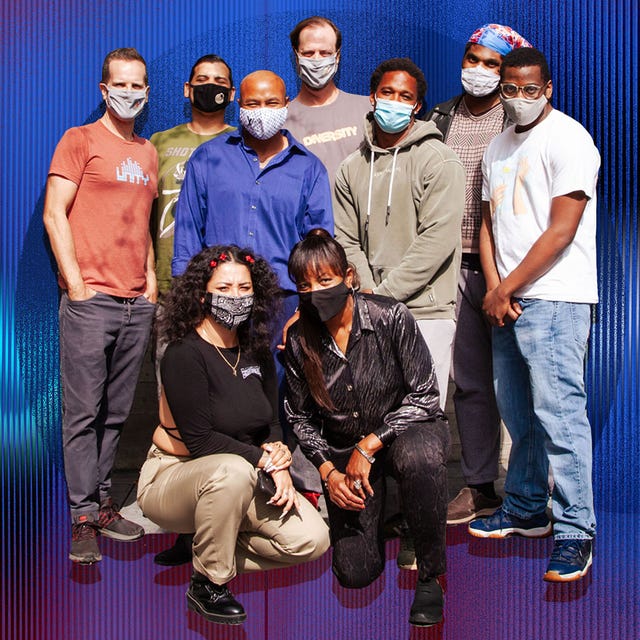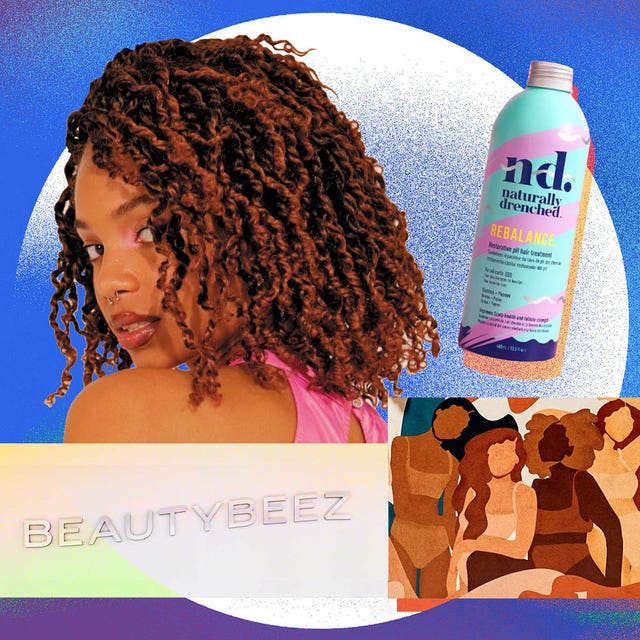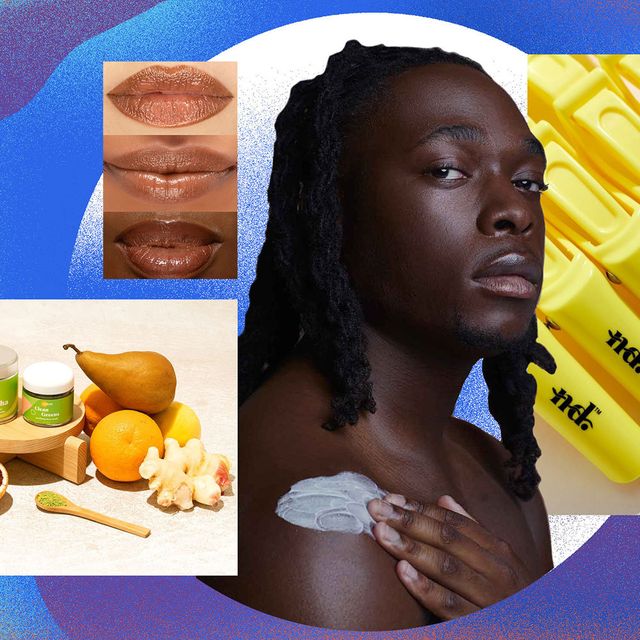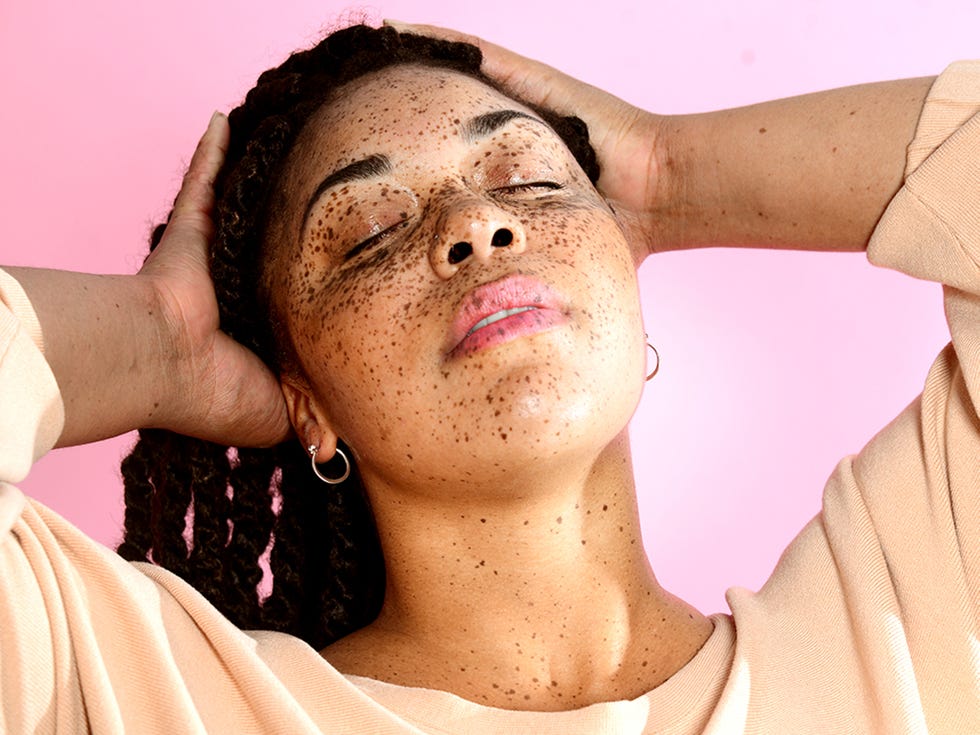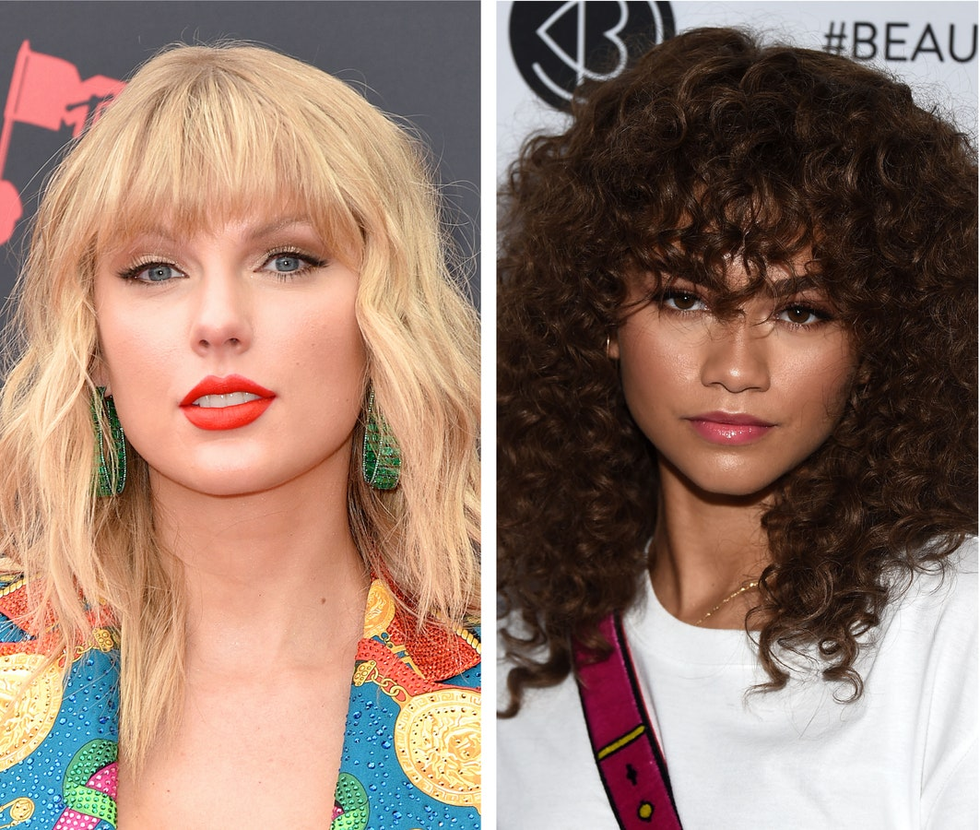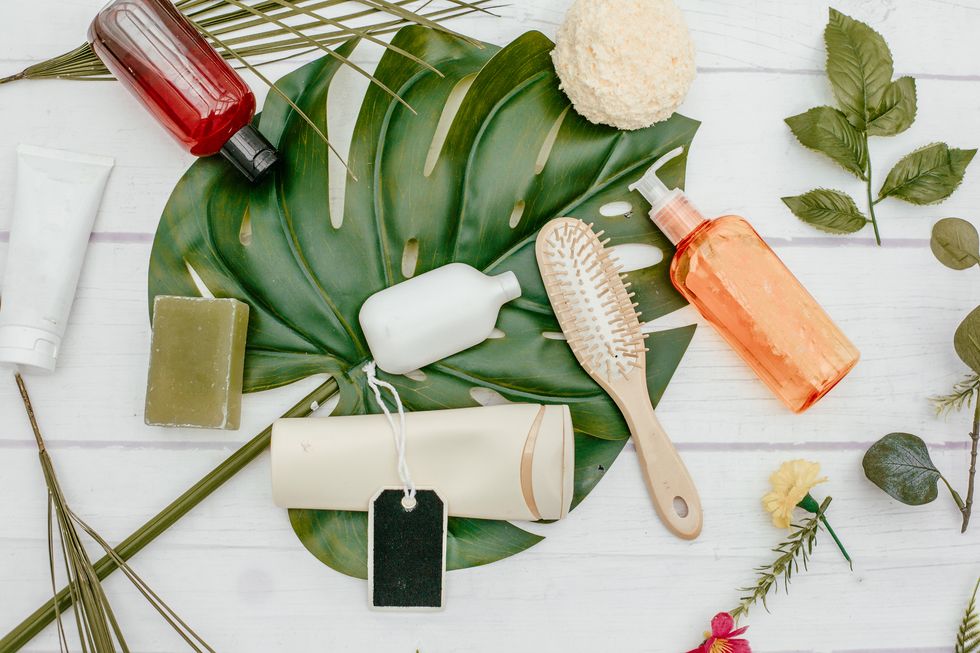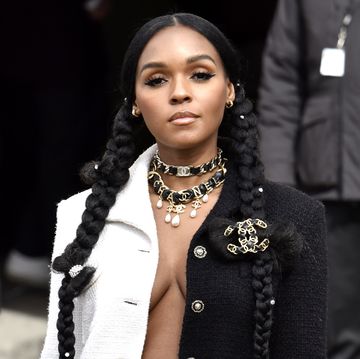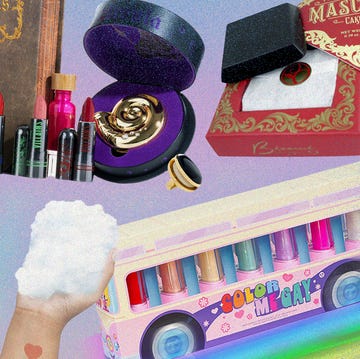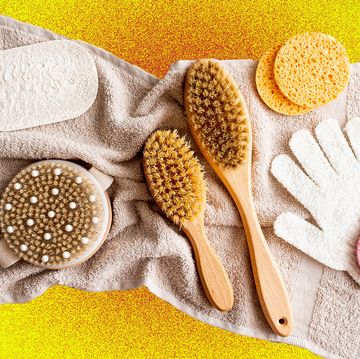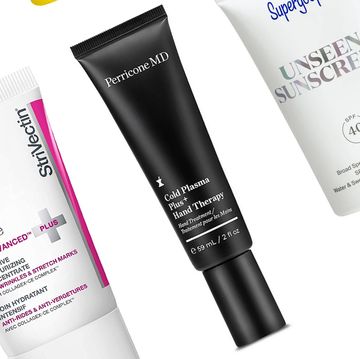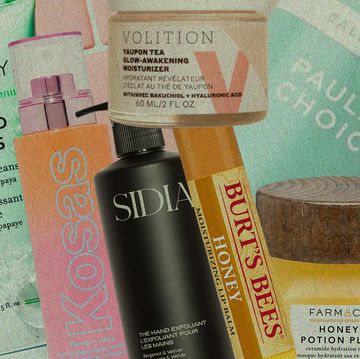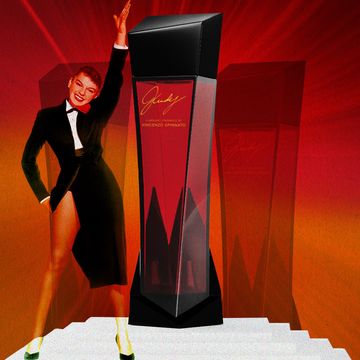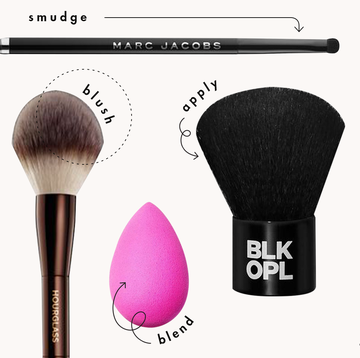We need beauty — it lifts our spirits, revitalizes our imaginations, and soothes us. Beauty, both internal and external, can be a healing force in our lives, so we’re bringing you a series of stories that examine the ever-changing role of beauty — in our personal lives and in society, and how this impacts us individually and collectively.
Based on archaeological evidence, we know that makeup was first used by the Sumerians as far back as 5,000 years ago. Ancient civilizations, however, used makeup in a far more practical way, often utilizing it to delineate social statuses and professions, and sometimes it was even used as a show of piety. It was only during Roman times that makeup gained a new purpose: to enhance one’s beauty.
In the thousands of years since then, makeup and our relationship to it have gone through countless changes. Along with it, an entire industry has not only blossomed but become a dominant force in our culture and economy. Very often, the changes that signal and sway the trends that drive the beauty and makeup industry are a sign of the times. Wearing makeup, not wearing makeup, and ultimately how much is spent on cosmetics are a direct reflection of the state of affairs in the world. For example, during World War I, women were encouraged to wear makeup as they went out into the workforce in support of the war effort. Advertisements for beauty products attempted to uphold gender norms and remind women of their femininity as they worked in jobs typically held by men.
More on Beauty
More than a century later, these types of influences on the beauty industry are still the norm. But as we emerge from a global pandemic, one needn’t look too hard to see that recent events are indeed affecting makeup and beauty. From a simpler approach to makeup routines to low-maintenance hairstyles to a boom in cosmetic procedures to inclusivity-minded makeup lines, the cosmetics and beauty industry is in the throes of yet another iteration of its evolution.
Ahead we take a look at this ongoing evolution, as well as some of the latest trends in the beauty industry. The takeaway? What we’re seeing now could have long-standing effects on where the beauty industry is headed for years, if not decades, to come.
Skinimalism Is the New Glow Up
Over the last few years, Instagram popularized dramatic makeup looks where influencers and laypeople were using makeup as a tool to blot out imperfections (and individuality), essentially creating a blank canvas. The end result was scores of Instagram photos with people sporting waxy, almost mannequin-like faces.
But following a year of lockdowns, mask mandates, and working from home, it seems that women everywhere are pivoting away from heavy-handed makeup looks. They’re trading in complex beauty routines and leaning into simpler approaches that emphasize their natural skin texture and fresh faces. Seeking their glow up in a different way, people are using a less-is-more approach, opting for fewer products and keeping a keen eye on clean and natural ingredients.
Claudia Soare, president of Anastasia Beverly Hills, notes, “Minimalism is definitely having a moment. I think it will be here for a while; everyone wants to look their best while feeling natural and pretty. We are seeing a lot of skin-like textures and natural looks that really enhance the complexion.”
One of the first places to outline this key trend was a Pinterest Predicts report published in December 2020, where the visual search engine noted a marked increase in searches for natural skincare. The report showed that searches for “how to get glowing skin naturally” quadrupled, while searches for “natural everyday makeup” increased by 180 percent. Moreover, a recent study shared by the NPD group indicated that makeup sales were down 34 percent for 2020.
Sarah Lee, cofounder and co-CEO of Glow Recipe, adds, “A minimalistic approach to beauty is not novel, but Covid has definitely brought it to the forefront, and it’s here to stay. Throughout Covid, the industry has seen spending shifts from makeup to skincare, as consumers had more time and reasons to get back to the basics and carve out time for self-care and skincare — especially as stress levels have been higher and maskne has become a common concern across skin types.”
Lee goes on to say, “The less-is-more approach has affected how we all approach our beauty routines, and this extra time to unplug has helped us find time to treat and pamper the skin. While beauty trends always ebb and flow, there will be changes. Eventually, as we’re able to resume ‘normal’ life, we anticipate this increased appreciation for the basics and skin health will continue to stay top of mind.”
The Eyes Have It
While Covid-19 and mask mandates may have lit a fire under the skinimalism trend, conversely, it also paved the way for bold eye looks in 2021. Again, that comes as no surprise as, in a sea of masked faces, it brought the focus squarely on people’s eyes. Current eye-makeup trends include dramatic looks like cat eyes, bold colors, blue (and pastel) eye shadows, and colored mascaras.
Also seeing a new surge of interest is the lash lift, which, unlike extensions, is essentially a perm for your lashes. The procedure curls and lifts your lashes from the base of the lash for a more dramatic long-term look and can (and should) be performed by a licensed professional.
“I think eyes are always trending in some way because they are such a focus feature to play up and make a statement,” Soare shares, “especially in the past year to present as everyone is doing an ‘above the mask’ makeup. I personally love bold eyes, and it’s part of my signature look.”
Hair, There and Everywhere
While it would seem that most market segments have been touched in one way or another, perhaps none has been affected by the last year more than the hair category. While DIY haircuts (aka quarantine haircuts) and “giving in to the gray” may have started out as fodder for a good joke or two, it’s not so funny now. The DIY trend in hair care gave the hair-color segment a generous boost in 2020, somewhere to the tune of $128 million in sales — a $78 million jump over the previous year.
As far as what’s trending, curtain bangs, the mod look, and ’70s style all have a seat at the table this year. Aloxxi celebrity hairstylist Michael Dueñas, whose clients include Noah Cyrus and Hilary Duff, notes that mullets were all over this recent fashion week. “Shags are taking over,” Dueñas says. “It’s all about texture, and almost all these styles have longevity to them; they are easy maintenance, which is perfect for a time like now.”
After a year in lockdown, women of color opted to go for natural curls and looks that required fewer heat treatments and minimal effort. Twist outs, curly fringes, and textured ponytails are in.
Dueñas goes on to say, “We are in a moment in fashion where anything goes — [it’s] an artistic boom, and these shapes are all artistic expressions. Low maintenance and big shapes grab attention!”
While the jury is still out on what will happen once restrictions are fully lifted, Dueñas shares, “Stylists are already starting to see their books fill up. Everyone wants their hair fixed, especially if they cut it themselves or they want something drastically different. [They’re] leaving the past in the past and moving towards a more fashionable future. No one wants anything they had all year long. I believe hair and fashion will be one of the biggest splurges when restrictions lift. Everyone has been in isolation; it’s time to show off!”
Celebrity Beauty Lines That Are More Than Skin Deep
While celebrity makeup lines aren’t new, the novelty lies in how these brands are shifting consumer spending and cultural representation. Of late, it would seem that celebrity makeup lines and their marketing offer a fresh and inclusive approach to beauty that people are finding extremely appealing.
Rihanna’s Fenty makeup line is one of the first that comes to mind. While it shouldn’t have been revolutionary, it was a watershed moment on the beauty time line. Fenty Beauty offered a jaw-dropping 40 foundation shades, which, up to that point, was unheard of. Now known as the Fenty Effect, the breadth of shades offered by Fenty was so pivotal that Time magazine included it on its list of the Best Inventions of the Year for 2017.
A few short years later, in 2020, Selena Gomez premiered her own line of makeup and again challenged the status quo. Instead of adding her contribution to a saturated market of brands that promote unrealistic standards of beauty, Gomez’s Rare Beauty line encourages buyers to embrace what makes them different and accept themselves. Gomez has been very forthcoming with this message, and one needn’t look further than promo videos for Rare Beauty and its mission statement to see her vision for the brand. What’s more, a portion of the proceeds from sales goes to support mental-health services via the Rare Impact Fund.
Inclusivity — Makeup Crosses Racial and Gender Barriers
When Rihanna’s Fenty makeup flew off the shelves in 2017, with the darkest colors selling out first, the beauty industry was put on notice. Women of color demand inclusivity.
Surprisingly, some of the biggest names in beauty still failed to meet consumers where they were a year later. In 2018, Tarte Cosmetics was called out on social media for its meager offering of only 15 shades of foundation. A quick look at their website today, and it would seem that they heeded the message from their customers and bumped their foundation colors up to a whopping 50 shades.
Undoubtedly, the beauty industry is laser-focused on inclusivity, but, beyond race, the beauty industry is also looking to bridge a different kind of gap — gender. With the rise of influencers like Bretman Rock, Manny MUA, and Patrick Starrr, it is abundantly clear that male makeup has arrived. So much so that Allied Market Research predicts that the men’s personal-care market will hit $166 billion in sales by 2022. Largely driven by the progressive ideals of Gen Z, gender norms and concepts of identity are being challenged, rebranded, and broadened.
When it comes to inclusivity, Rihanna’s Fenty Beauty brand seems to be establishing itself as the benchmark. Through its exceptional marketing and taglines like “Beauty for All,” the brand has distinguished itself as one of accessibility and gender neutrality. Fenty Beauty generated $570 million in revenue in its first 15 months — it looks like Ri-Ri’s business acumen was spot on.
Perceptions are changing, and even the biggest names in fashion and beauty are poised to cash in. Tom Ford, ever the pioneer, was seemingly light years ahead of the curve with his launch of a male makeup line as far back as 2013, and Chanel seized the moment with its makeup line Boy de Chanel, which launched in 2018. Inclusivity, whether it’s about race or gender, is the name of the game right now, and it seems that the beauty and fashion industry is on board.
While some of us may have missed it, L’Oréal’s True Match campaign featured faces of all colors and genders, and Gucci is pushing the envelope even further with a gender-fluid shopping section on its website.
The Zoom Effect
They say the camera never lies, and our time on camera has increased exponentially over the last year. No doubt the amount of time spent in front of the camera for both work and play shined a spotlight on perceived imperfections.
In what has become known as the Zoom Effect or the Zoom Boom, people began visiting dermatologists in droves.
In a recent survey by the American Society of Plastic Surgeons, 64 percent of plastic surgeons saw an increase in their virtual consultations since the start of Covid-19. As you may have guessed, most people are seeking treatments for all the things their cameras exposed, like texture issues, fine lines and wrinkles, and double chins; injectables are the most popular procedure.
While people suddenly became painfully aware of their “imperfections,” Covid-19 provided the perfect cover for these cosmetic procedures, so it was kind of like the perfect storm.
Everyone was stuck at home, so they could easily sneak in a procedure without having to justify time off for downtime after a cosmetic procedure, and masks easily concealed treatments from outpatient procedures like injectables and dermal fillers. Moreover, with travel restrictions in place, a lot of people found themselves with extra discretionary income, and if there were any takeaways from the year, it was “seize the day.”
Sustainability
While customers are often fiercely loyal to their brands, sustainability is one way new and established brands can influence consumer-spending habits.
According to a Nielsen report from 2019, 73 percent of consumers indicated that they would change their consumption habits to reduce their impact on the environment, and almost half of those surveyed from around the world (41 percent) said that they’re “highly willing” to pay more for products that contain all-natural or organic ingredients, which incidentally is the entry point for the sustainability that consumers are looking for.
For most brands, sustainability initiatives often begin with all-natural or organic ingredients and packaging, but, as consumers become more concerned about their environmental impact and carbon footprints, beauty brands may have to dig a little deeper to reach the minds, hearts, and wallets of their customers — and many are.
As consumers make their wishes known, some beauty brands have been quick to respond.
Ashley Arbuckle Nadon, vice president of brand marketing and wholesale at L’Occitane North America, shares, “We first introduced our refills in 2008, starting with a few liquid soaps. Our aim was to offer 25 refills by 2022, but we have since reached our goal in September 2020. We are proud to have our refills available across 25 product ranges from hair care, hand wash and liquid soap, body wash, body care to skincare. Our refills require 85 to 90 percent less packaging at a better value, increasing the life of each pack while also making the packaging itself more easily recyclable, saving roughly 200 tons of plastic every single year.”
While L’Occitane has an impressive commitment to sustainability, consumers will likely be pleased to know they’re not the only ones.
By 2025, Unilever plans to make all of its packaging totally reusable, recyclable, or compostable. Eighty-five percent of Aveda’s skin- and hair-product packaging is made from post-consumer recycled material. MAC has its long-standing recycling program, Back-to-MAC, and Kiehl’s Recycle and Be Rewarded program has recycled 13 million product packages (and counting) globally since 2009.
Some brands like Glow Recipe have even taken the Carbon Neutral Pledge or are moving their companies toward operations with zero carbon-dioxide emissions for a neutral impact on the environment.
Christine Chang, co-founder and co-CEO of Glow Recipe, shares, “We are committed to our carbon-neutral pledge, actively working on ways to reduce and offset our carbon footprint. As a brand, we’re taking steps to become carbon neutral by 2022 to do our part for a strong future and climate ahead.”
Sharon Brandwein is a writer specializing in parenting, beauty, and lifestyle content. Her work has also appeared on USA Today, ABCNews, Bustle, and Brides.
Get Shondaland directly in your inbox: SUBSCRIBE TODAY
